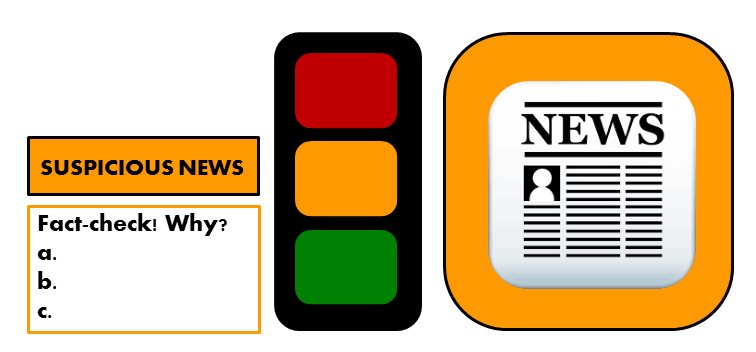 As the Director of the Language & Information Technology Research Lab, I’m very pleased to announce that the lab has received a thee-year funding from the Social Sciences and Humanities Research Council of Canada to apply deception identification methods to the news context.
As the Director of the Language & Information Technology Research Lab, I’m very pleased to announce that the lab has received a thee-year funding from the Social Sciences and Humanities Research Council of Canada to apply deception identification methods to the news context.
In April 2015 we started working on identification of deliberately deceptive misinformation in the institutional mainstream or non-institutional text-based online news. Mistaking deceptive news for authentic reports can create costly negative consequences such as sudden stock fluctuations or reputation loss. Everyday life decision-making, behavior, and mood are influenced by news we receive.
When professional analysts sift through the news, their future forecasts, fact and pattern discovery depend on veracity of the news in “big data” knowledge management and curation areas (specifically, in business intelligence, financial and stock market analysis, or national security and law enforcement). In both lay and professional contexts of news consumption, it is critical to distinguish truthful reports from deceptive ones.

However, few news verification mechanisms currently exist, and the sheer volume of the information requires novel automated approaches. Below is the graphic display of the prototype idea.
The resulting deception detection methodology will allow making predictions about each previously unseen news piece: is it likely to belong to the truthful or deceptive category?

A system, based on this methodology, will alert users to most likely deceptive news in the incoming stream of news, or prompt the users to fact-check suspicious news based on certain explicit rationale.

News verification methods and tools are timely and beneficial to both lay and professional text-based news consumers. The research significance is four-fold:
1) Automatic analytical methods complement and enhance the notoriously poor human ability to discern information from misinformation.
2) Credibility assessment of digital news sources is improved.
3) The mere awareness of potential digital deception constitutes part of new media literacy and can prevent undesirable consequences.
4) The proposed veracity/deception criterion is also seen as a metric for information quality assessment.
Summary:


